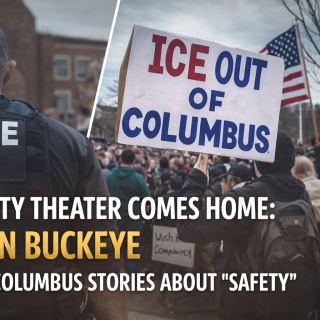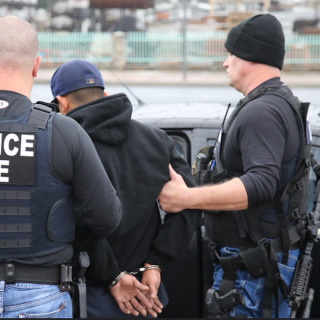Advertisement
I know that there as many tales of the atrocities committed by whites against African Americans in the United States as there are stars in the sky, but discovering this particular story blew me away. The fire at the Boys Industrial School (BIS) in Writghtsville, Arkansas, was an especially horrific tragedy that could have been averted were it not for the pathological white supremacy, naked racism, and pure hatred for blacks found in the South throughout virtually the entire history of this country. (I’m sure there are books out there that will allow me to focus on white supremacy and racism in the North; just be patient.)
The school was a wooden structure with a brick veneer, and had been built during the Great Depression by the Works Progress Administration in the 1930s. Governor Orville Faubus toured the BIS a year before the fatal fire. In speaking with the press, he said “they really need help. They are using some old wood stoves which should be replaced; the floors have been scrubbed until they are rotten in the dormitories, kitchen and dining room. The store room is the worst building I have seen anywhere. The school is set up for an operation of 30 years ago, and it is time to improve it.” Yet in his first term as governor, all that was accomplished was the demolition of two buildings and some cleaning. He even reduced the school’s appropriation by $7,100! Although shaken by the scene of the fire and the loss of life, he quickly moved to inculcate himself from any personal responsibility for the it.
Human conditions at the BIS were quite awful, too. The school had one water tank which only held thirty gallons, not nearly enough for drinking, bathing, and cleaning. Many of the boys went without underwear and socks, and some boys were all but naked. It was common for them to go days without baths. Generally the boys spent their days picking cotton; there was no school to speak of, and no entertainment. They were locked into the dorm at night from the outside, and a staff member, Mr. P. R. Banks, was posted to keep an eye on things, but he was not there the night of the fire, having been hospitalized for two weeks.
The fire at the all wooden, rickety building with the faulty electrical fire broke out at about four a.m. on March 5, 1959, and was discovered by one of the incarcerated boys named Arthur Ray Poole. At first he thought the smell was from the poorly constructed stove used to heat the room. He very quickly realized he was wrong. Waking up the other boys with his frantic yelling, Poole headed for the nearest window, which like all the others, was inaccessible due to being covered with iron mesh. He managed to get the mesh off the window and climbed out; soon there were several boys at each window crawling over each other in their desperate attempts to escape. There were no fire hydrants near the building, and the ground was so muddy from the rain of the previous night, it was covered with large sheets of lumber so firefighters could get to the building. It was too late. Forty-eight of the boys managed to claw and fight their way out; twenty-one did not make it. Eighteen of the bodies were found by two windows in the back of the room. The scene itself was so ghastly that the African American publisher and owner L. C. Bates of the Arkansas State Press, destroyed the photo and the negative he made without even giving a copy to the coroner’s office.
Even though a few parents identified the remains of their sons, most could not as the bodies, for the most part, were burned beyond recognition. Parents were told that the dead would be placed in separate coffins and buried in a mass grave. They were not allowed to look into the coffins nor go to the cemetery.
While just about everyone agreed on the description of the fire, that was all that could be agreed upon. Almost fifty years later, different versions, conspiracy theories, and just plain lies still swirl around the incident. Some even allege that the state government was complicit in the fire so it could sell the land to a construction firm for a fat profit.
Black Boys Burning is not a whodunit. The fire and loss of lives were the fault of the virulent racism in America that allowed black boys and young men to be locked up on the flimsiest charges, such as soaping windows. Even though the school’s superintendent Lester Gaines admitted that this was a tragedy waiting to happen, no one was held responsible. After some initially strong reporting on the fire and deaths, Arkansas newspapers went silent.
Coming as it did less than two years after the integration of Central High School in Little Rock, Arkansas, I can’t believe this has not been addressed in the voluminous writing about the mid twentieth century freedom movement. Perhaps the lack of a victory as there was at Little Rock–the admittance of the students and the presence of the 101st Airborne for the entire school year–meant that this story lay buried. Stockley, who has written about race and racism in Arkansas in two other books, should be commended for his determined sleuthing.
Frank Lawrence, whose brother Lindsey Cross died in the fire, has long been working on a documentary about it. He has done a tremendous amount of work, but as is not unusual for documentarians, has been unable to obtain sponsorship or funding. Even so, he graciously shared sources with Stockley so that this story would be told. May God bless him in his struggle.



